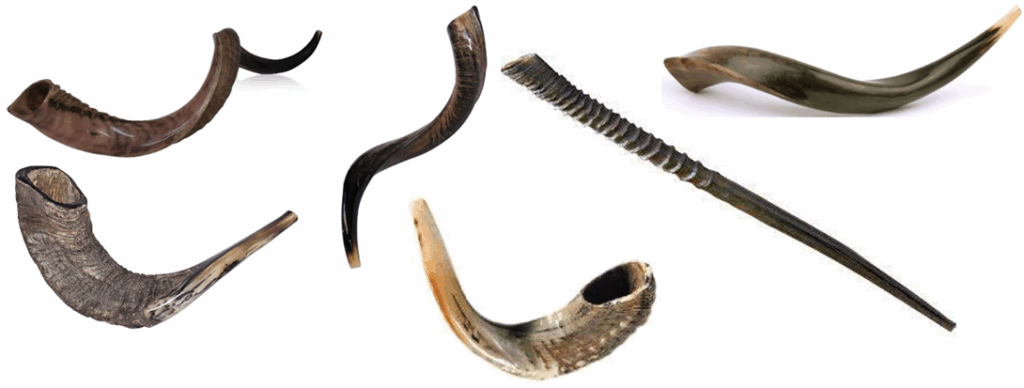
Vayelekh (וַיֵּלֶךְ – He went)
Deuteronomy 31:1–30 • Hosea 14:2–10, Joel 2:11–27, Micah 7:18–20
Moses announces his departure and entrusts Joshua with the responsibility of leading the people. He gives Israel a song — the song of the Torah. He commands them to write and transmit it. The haftarah of Shabbat Shuvah urges Israel toward teshuvah, a sincere return to the Eternal.
Hosea 14:2
שׁוּבָה יִשְׂרָאֵל עַד ה׳ אֱלֹהֵיךָ
Return, Israel, to the Eternal your God
In the 1920s–1930s, Captain Artur Carlos de Barros Basto[1] founded the Jewish Community of Porto and launched a campaign to reconnect the descendants of crypto-Jews[2] with Judaism. Despite his expulsion from the army in 1937, the Kadoorie Mekor Haim Synagogue (מקור חיים – Source of Life) was inaugurated in 1938, thanks to the patronage of the Kadoorie family[3]. However, deprived of leadership for several decades, the synagogue remained silent. Renewal began in the early 2010s, driven by the arrival of new members and support from the rabbinate of Lisbon and Israel. Since 2014, the Jewish community of Porto has opened a rabbinical court, a Jewish museum (2015), a mikveh (2016), a Holocaust museum (2021), and a cemetery (2023). It has also engaged in film production with several historical films[4]. The community, which had barely forty members in 2010, now exceeds one thousand. Today, the Kadoorie Mekor Haim Synagogue[5] is the largest Jewish building in the Iberian Peninsula. Designed in Art Deco style, with a white façade reminiscent of Bauhaus, it was created by architect Augusto dos Santos Malta and engineer Arthur de Almeida Jr.
[1] Artur Carlos de Barros Basto (1887–1961) was a Portuguese officer, intellectual, and Jewish activist, nicknamed the “Portuguese Dreyfus” due to the antisemitic injustice he suffered. At the age of nine, he discovered that his ancestors were Jews forcibly converted to Christianity in the 16th century. A hero of the 1910 Republican Revolution and a decorated World War I veteran, he received the Portuguese War Cross for bravery. After studying Judaism, he converted and took the name Abraham Israel Ben-Rosh. In 1923, he founded the Jewish community of Porto, established the Rosh Pina Institute — the first yeshiva in Portugal in five centuries — and advocated for the return of crypto-Jews to Judaism. In 1937, Barros Basto was unjustly expelled from the Portuguese army for organizing circumcisions. His official rehabilitation was only recognized posthumously, in 2012, by the Assembly of the Republic of Portugal.
[2] Conversos / Crypto-Jews: Conversos refers to Jews who converted to Christianity (often under duress); crypto-Jews emphasizes the secret practice of Judaism. The return of their descendants is carried out through halakhic conversions.
[3] The name “Kadoorie” honors Sir Elly Kadoorie and his sons Lawrence and Horace, who financed the construction of the Porto synagogue in the 1930s. Descended from a Sephardic Jewish family originally from Baghdad, the Kadoories are known for their philanthropy and support of Jewish communities around the world.
[4] The films were directed by Luís Ismael, whose real name is Luís Miguel da Rocha Ferreira, a Portuguese director, producer, actor, and entrepreneur known for his work in independent cinema. Founder of the production company Lightbox, one of the leading studios in northern Portugal, he collaborated with the Jewish community of Porto to produce several historical films:
• Sefarad (2019): recounts the story of Artur Carlos de Barros Basto and the Jewish revival in Porto in the 20th century.
• The Nun’s Kaddish (2019): a 7-minute short film about a Catholic nun who discovers she is Jewish, illustrating a spiritual meditation on the search for truth.
• 1618 (2021): a historical drama about the Inquisition in Porto, now the most awarded Portuguese film to date.
[5] The Kadoorie Mekor Haim Synagogue in Porto is the result of a project initiated in 1923 by Artur Carlos de Barros Basto and the Jewish community of Porto. The land was acquired in 1929, and construction began the same year. The building was completed in 1937 and officially inaugurated in 1938. Long closed to the public, it was reopened in 2012 and further enriched in 2015 with the installation of a Jewish museum within its walls.


